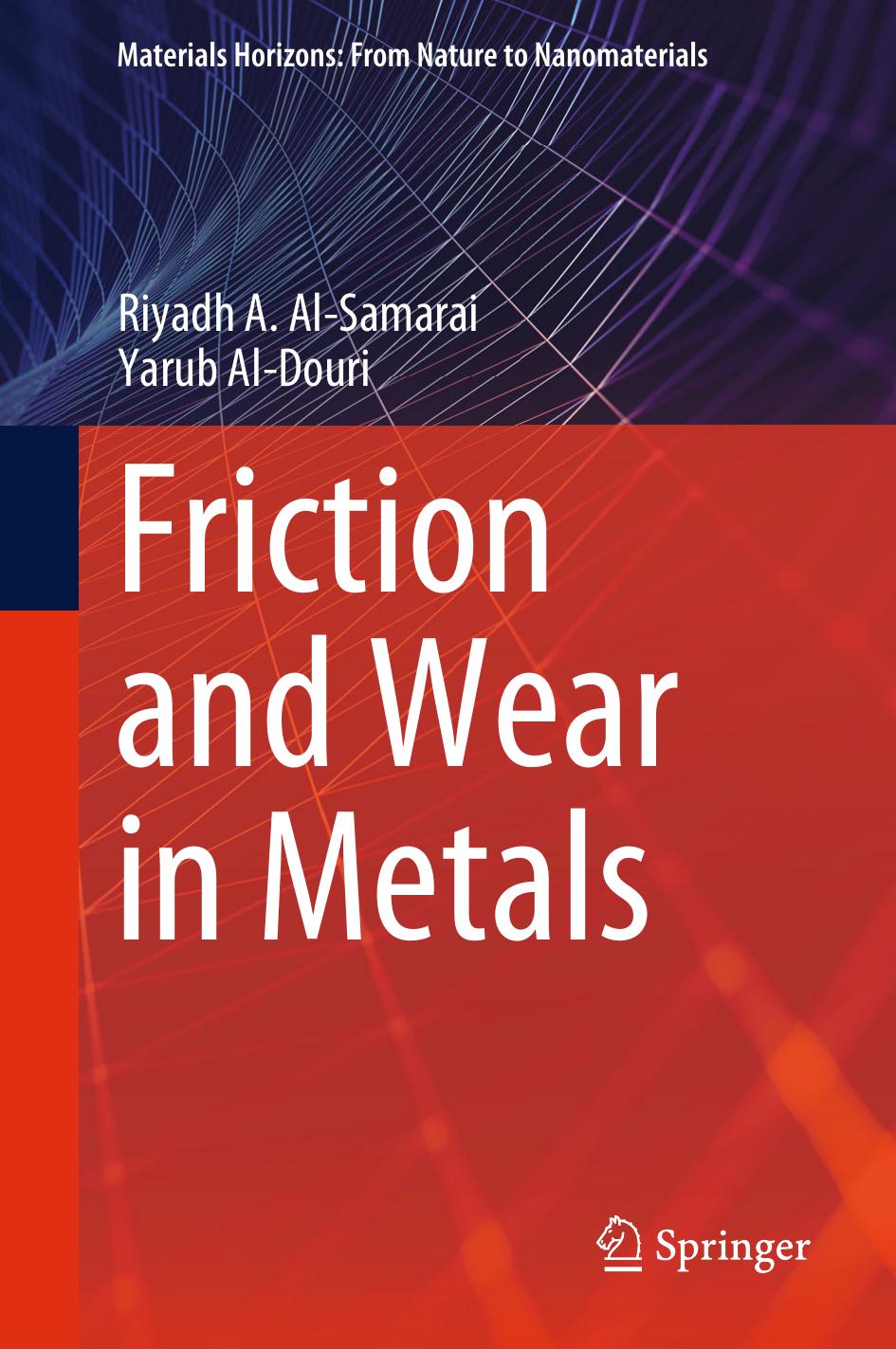Product desciption
Friction And Wear In Metals Riyadh A Alsamarai Yarub Aldouri by Riyadh A. Al-samarai, Yarub Al-douri instant download after payment.
Wear is a process that occurs at the interfaces of interacting bodies. However, the gradual removal of this barrier by scientists has revealed a staggering array of different types and causes of wear. Since the very first wear tests, we have learned much more about wear and have made great strides in identifying wear mechanisms. Our under-standing of wear has changed over the past few decades, and this includes how we classify different wear mechanisms. Originally intended to classify wear mechanisms, terms such as abrasion, adhesion, and fatigue are inadequate today. Originally intended to categorize wear mechanisms, terms like abrasion, adhesion, and fatigue are today inadequate. Surface coatings and new materials wear differently. Under-standing the mechanisms through which wear occurs, which frequently involves complex reactions and transitions, is essential to the effective utilization of these resources. Also, it will be much simpler for us to modify a material if we comprehend how it resists wear and friction. It is now obvious that thin layers of material existing between interacting surfaces influence all known types of friction and wear. The reduction of friction and wear caused by the presence of fluid or lubricant at the point of contact has long been known. Wear and friction are typically substantially higher if such a film is merely created by bodies sliding in dry contact. In general, this film creation significantly lowers friction and wear, which makes it typically advantageous. Nonetheless, occasionally film formation occurs increasing friction and wear. This textbook offers current knowledge on materials, wear mechanisms, and wear. The chapters cover the most recent ideas in the classification of wear mechanisms, metal wear, polymer and ceramic wear, fretting wear, material wear, friction and ceramic wear, the third body concept in problems of wear and friction, and tribology of technical surfaces.


